Strategies for Communication in Health and Social Care Orgs
VerifiedAdded on 2023/06/12
|13
|780
|342
Report
AI Summary
This report provides an overview of communication strategies within health and social care organizations. It emphasizes the importance of training employees to understand patient needs, validate their feelings, and maintain two-way communication. Various communication theories, including humanistic, behavioral, cognitive, psychoanalytical, and social theories, are discussed in the context of healthcare. The report highlights the use of appropriate language for both service users and professionals, addressing communication barriers such as linguistic, emotional, physical, and attitudinal challenges, and suggests strategies to overcome them, including active listening and simple language. It also covers dealing with interpersonal and inappropriate communication, emphasizing negotiation, problem-solving skills, and maintaining confidentiality. The report concludes with three strategies for supporting individuals with specific communication needs, such as visual, hearing, and intellectual disabilities, and a list of references.
1 out of 13
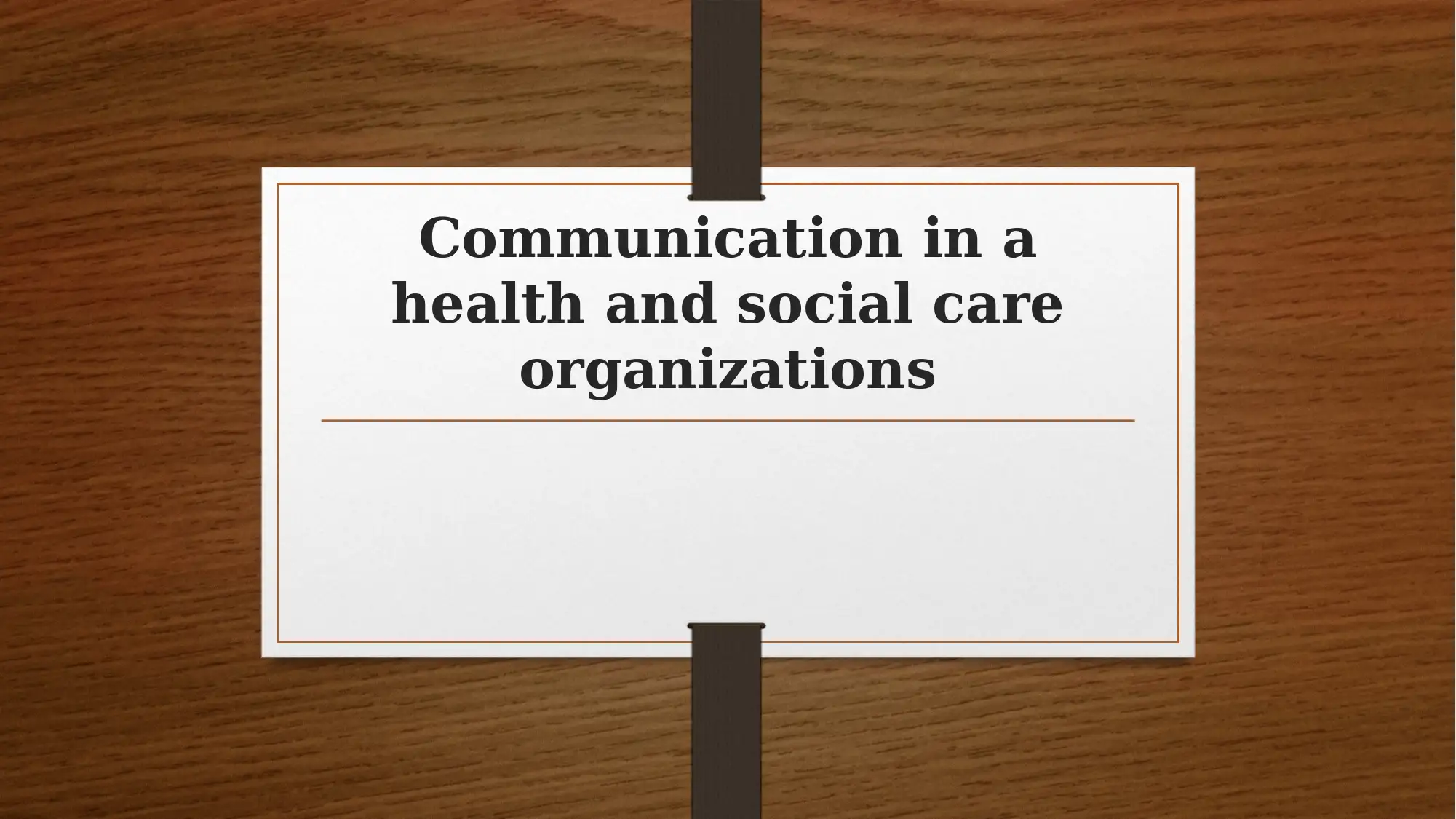
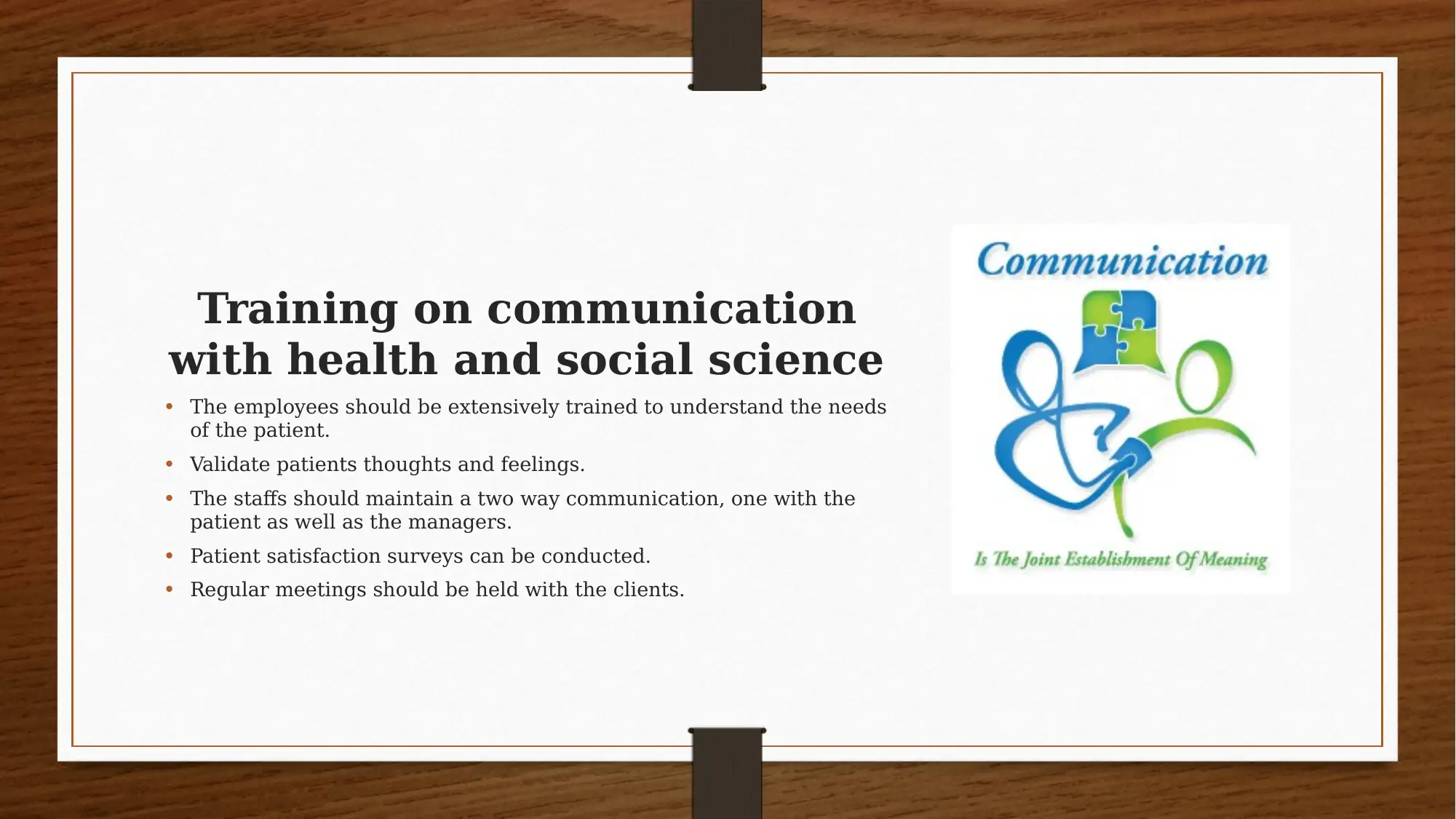
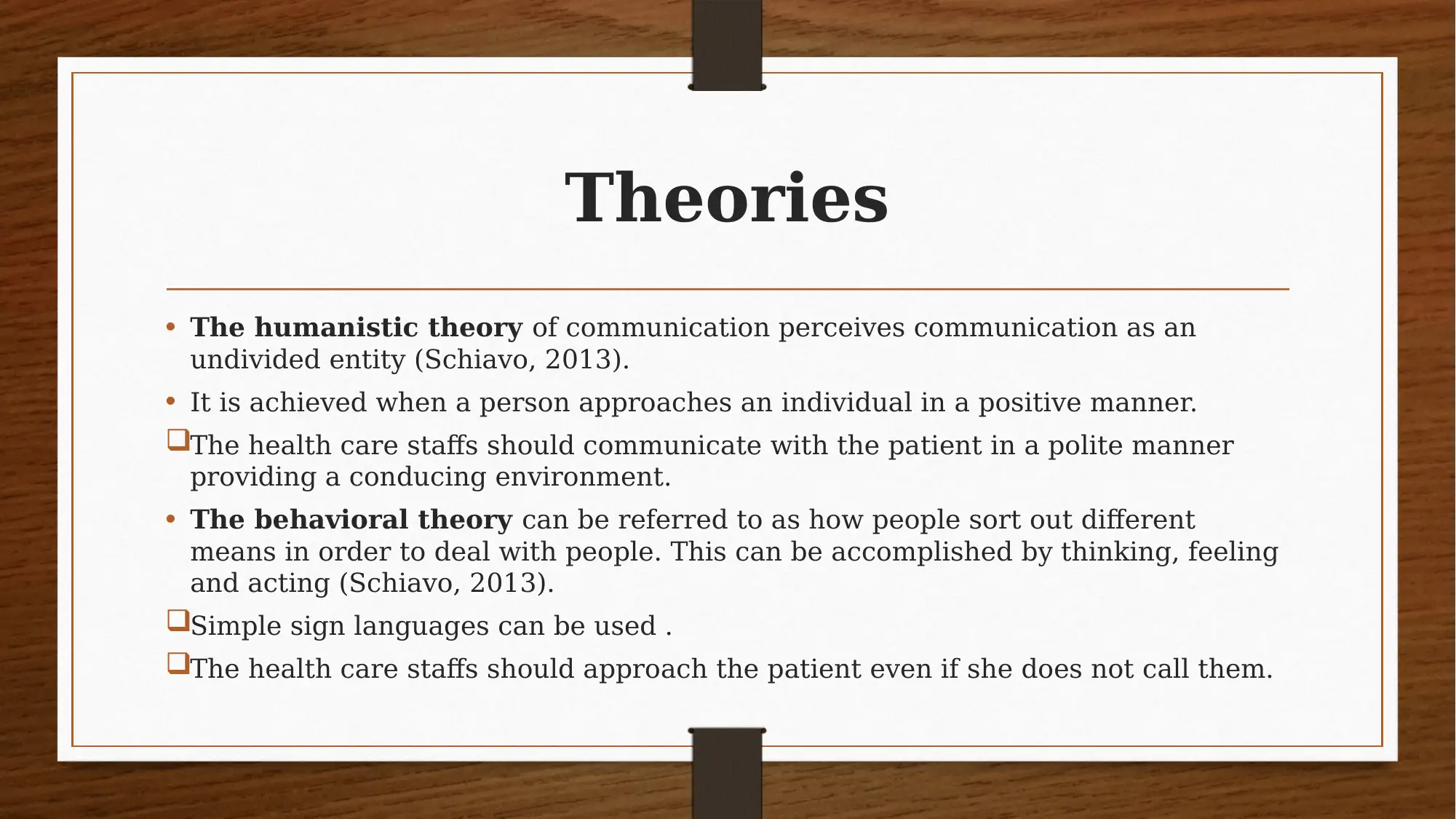

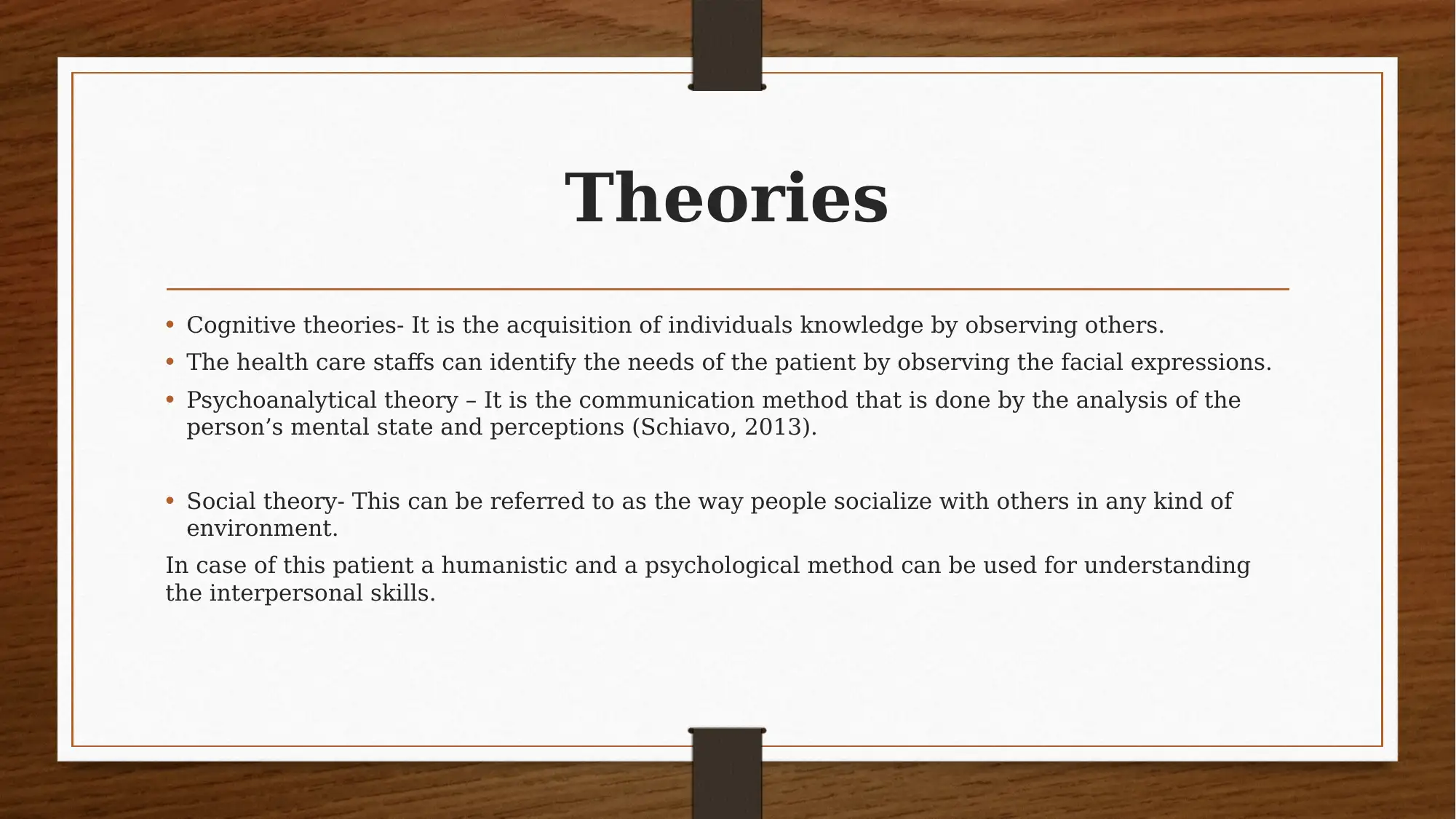
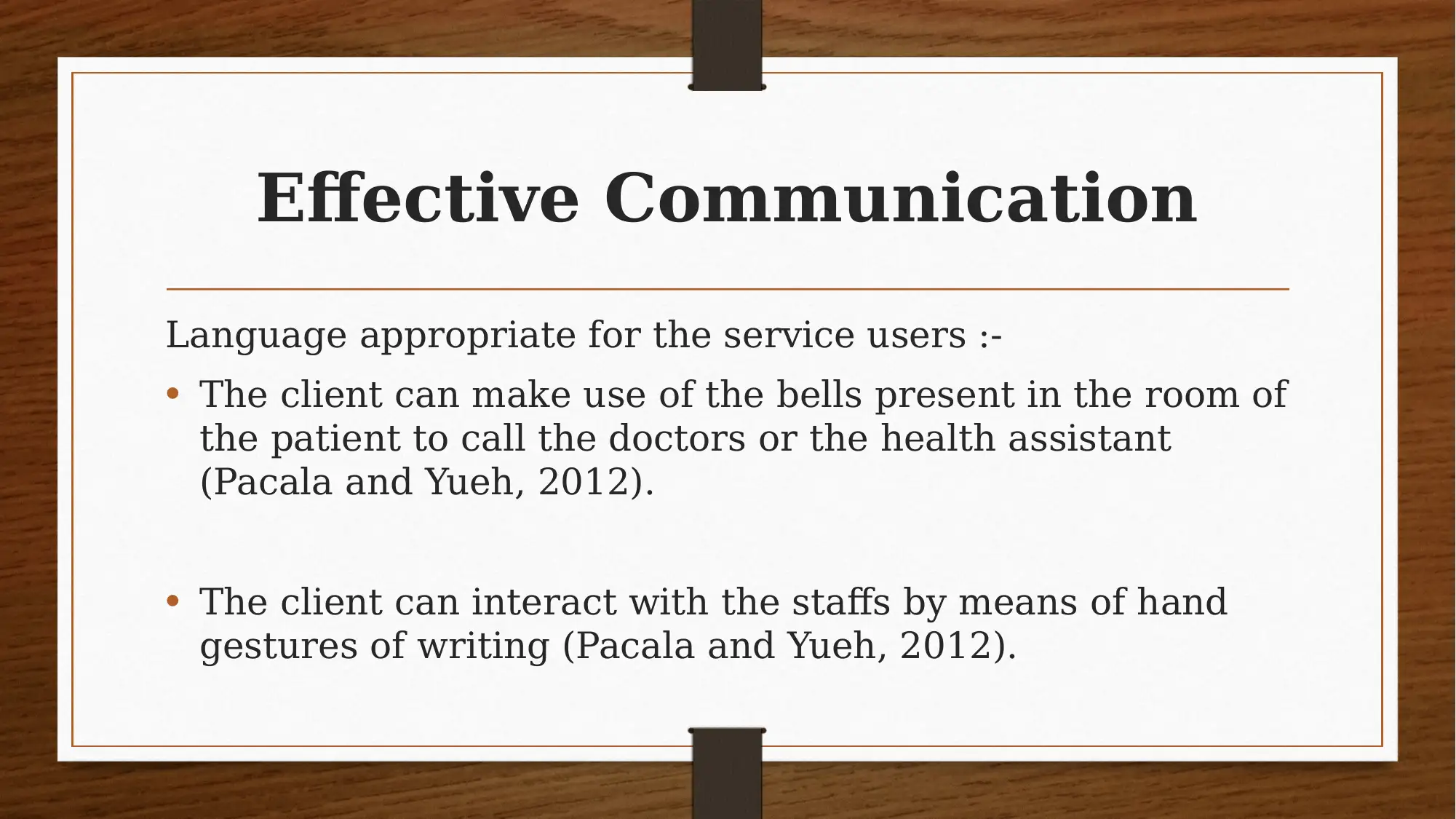
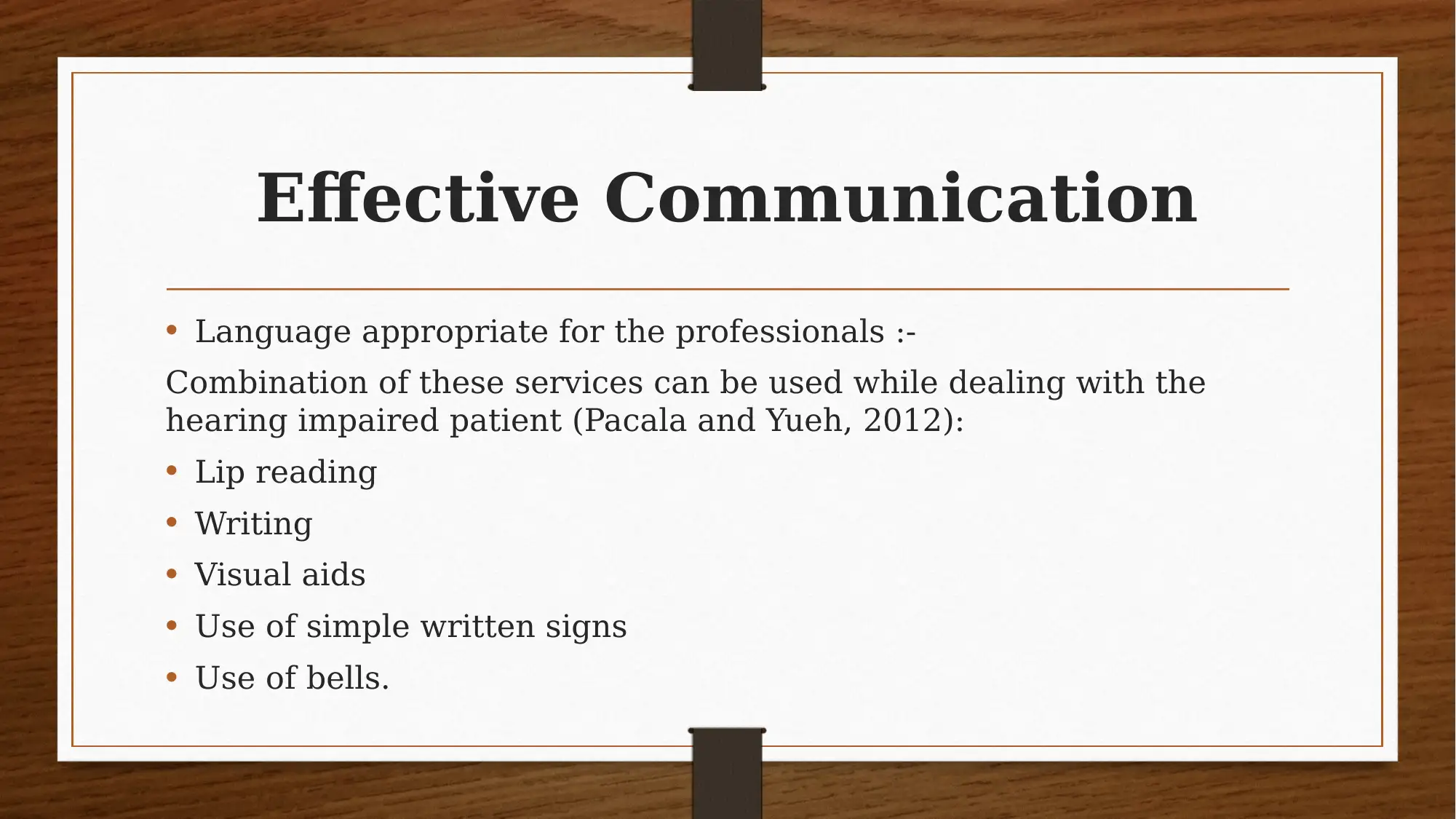
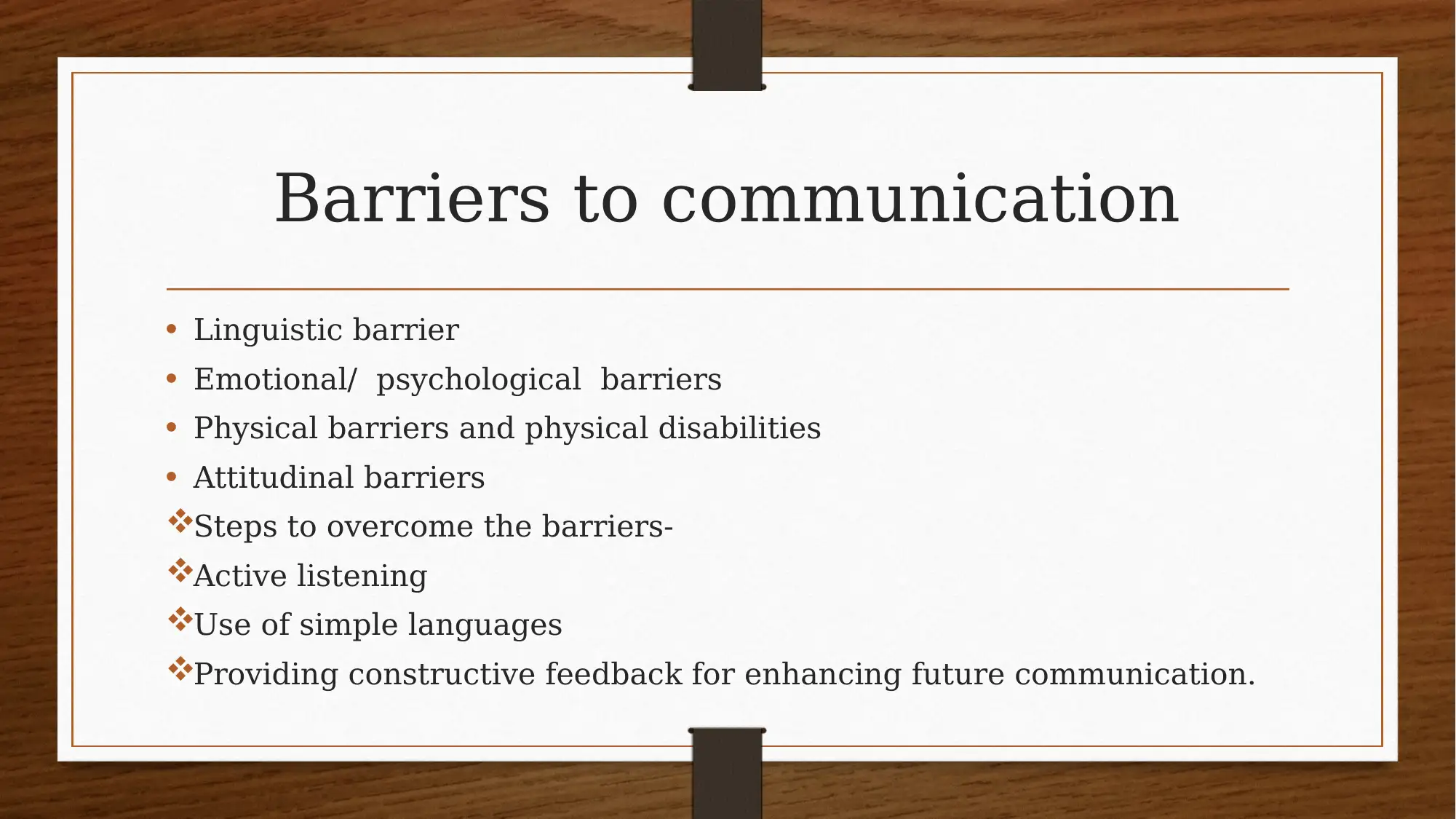
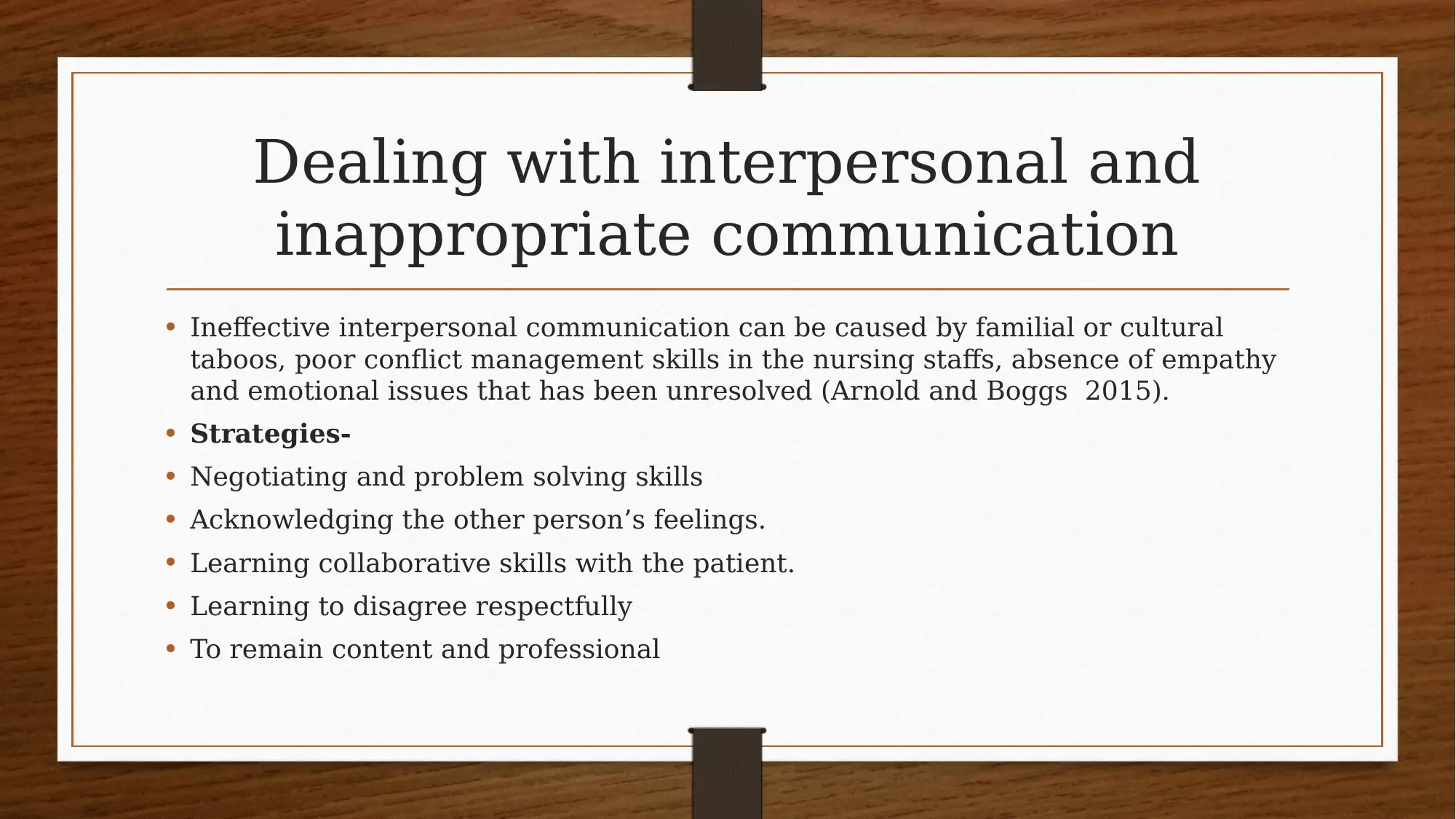
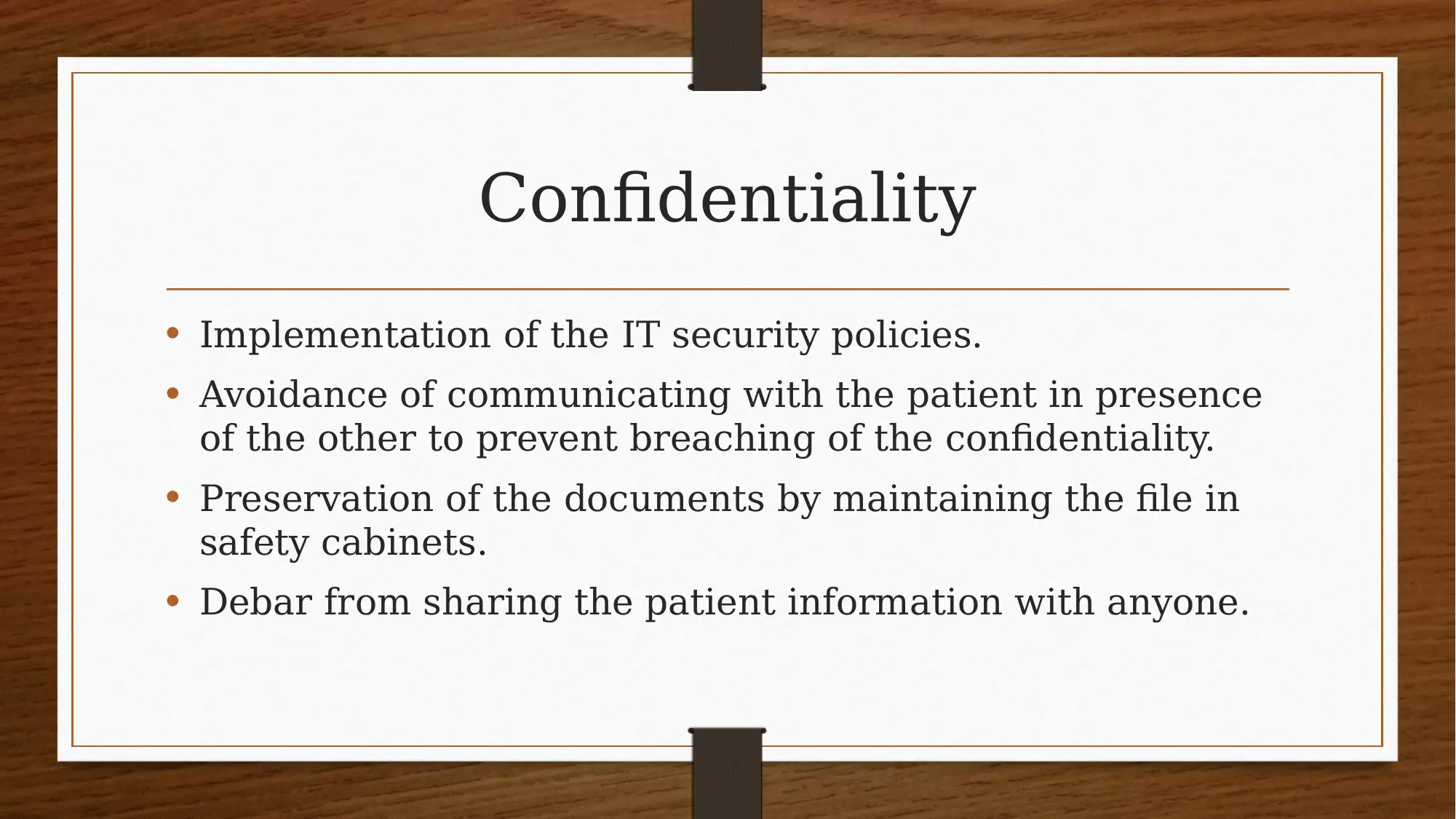
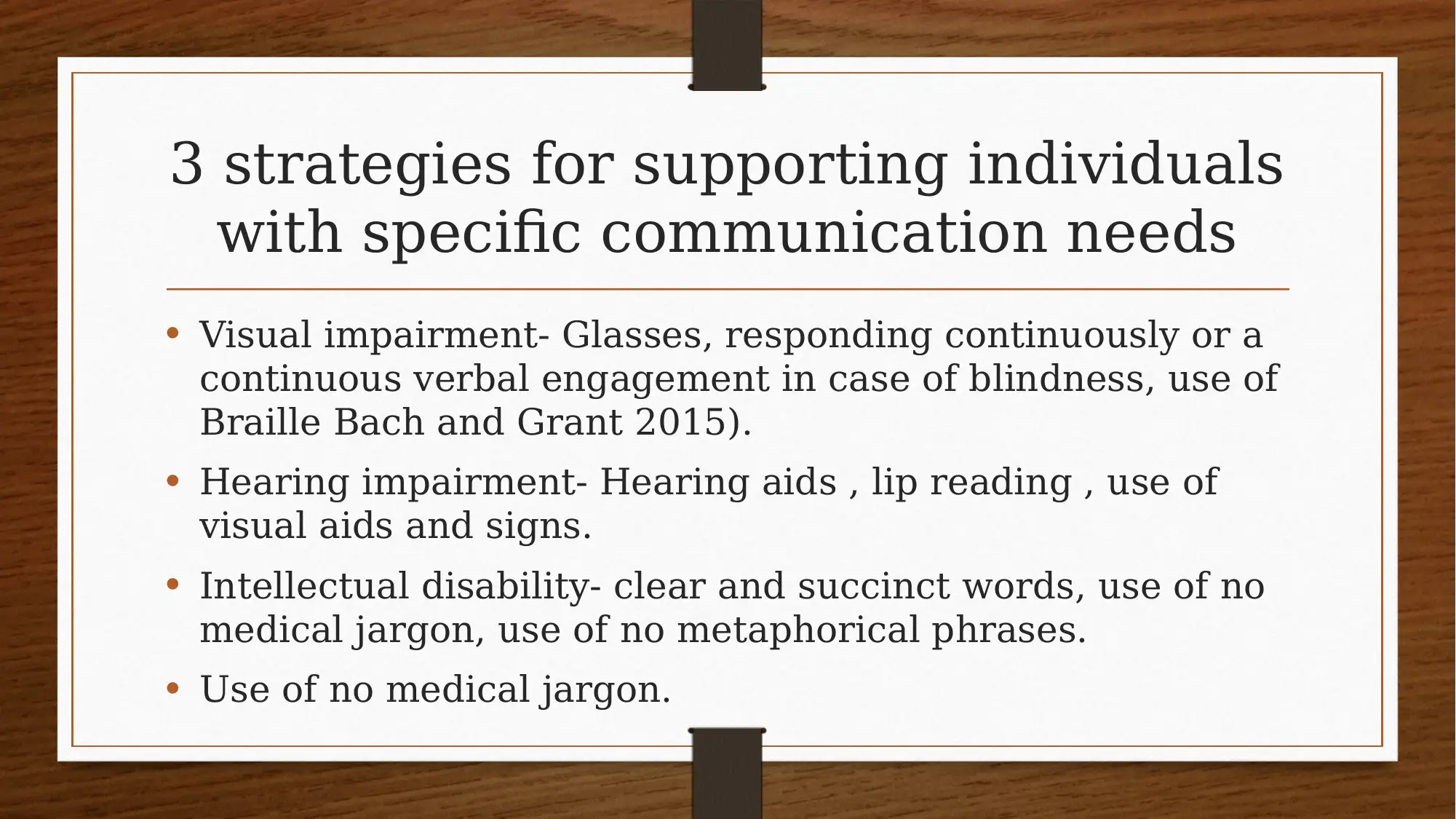
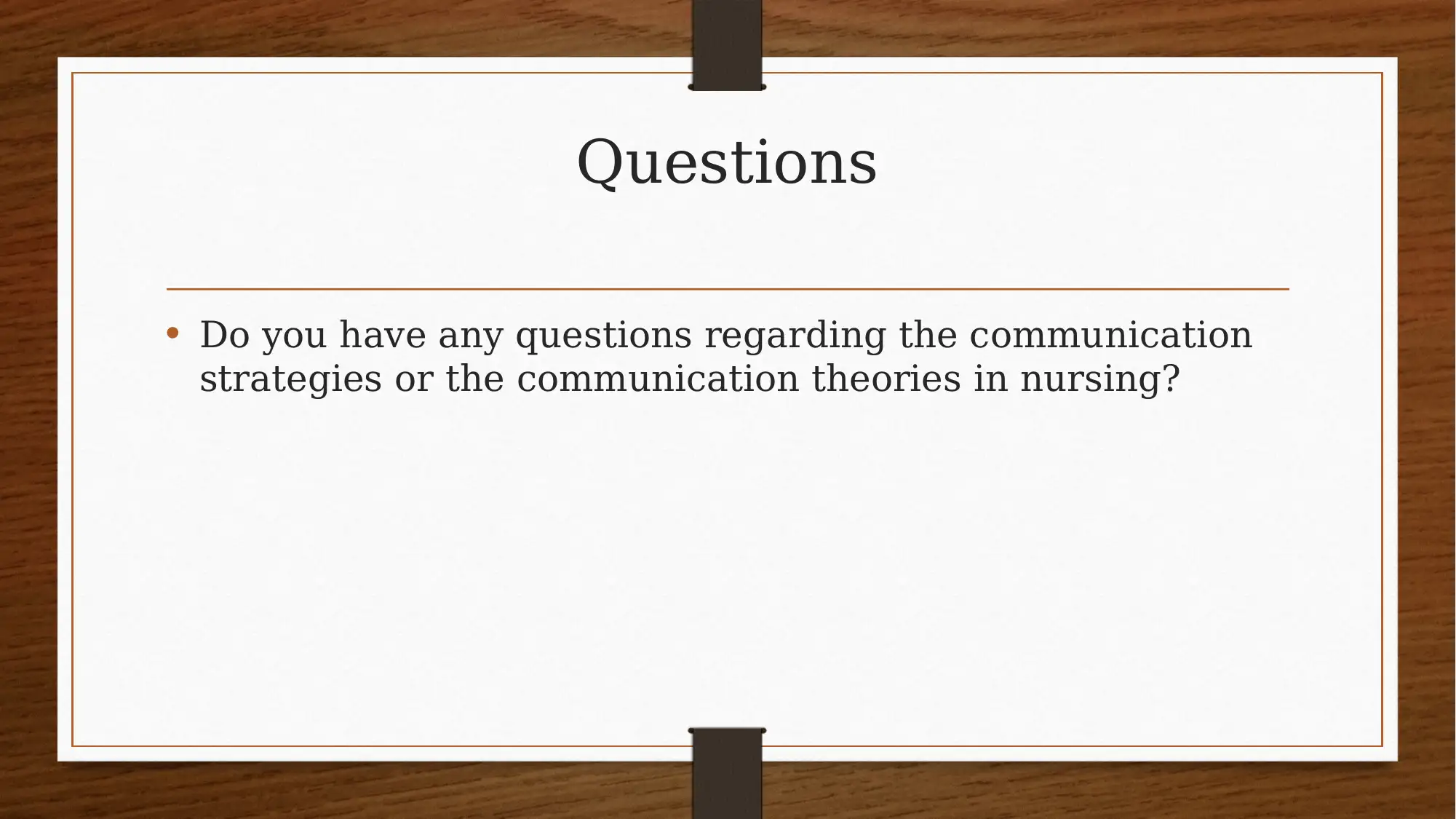
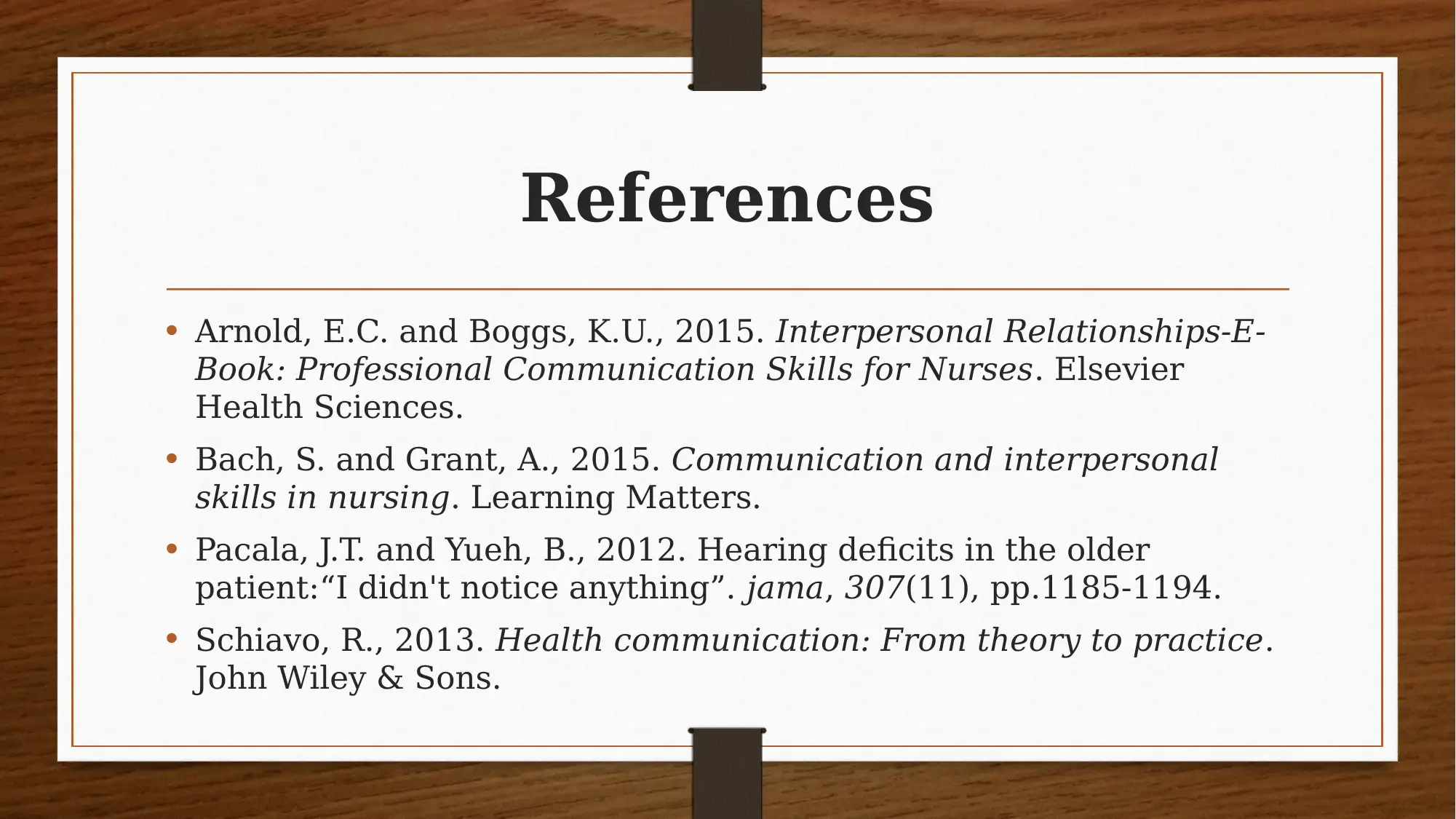






![[object Object]](/_next/static/media/star-bottom.7253800d.svg)